Fayetteville Convention on:
[Wikipedia]
[Google]
[Amazon]
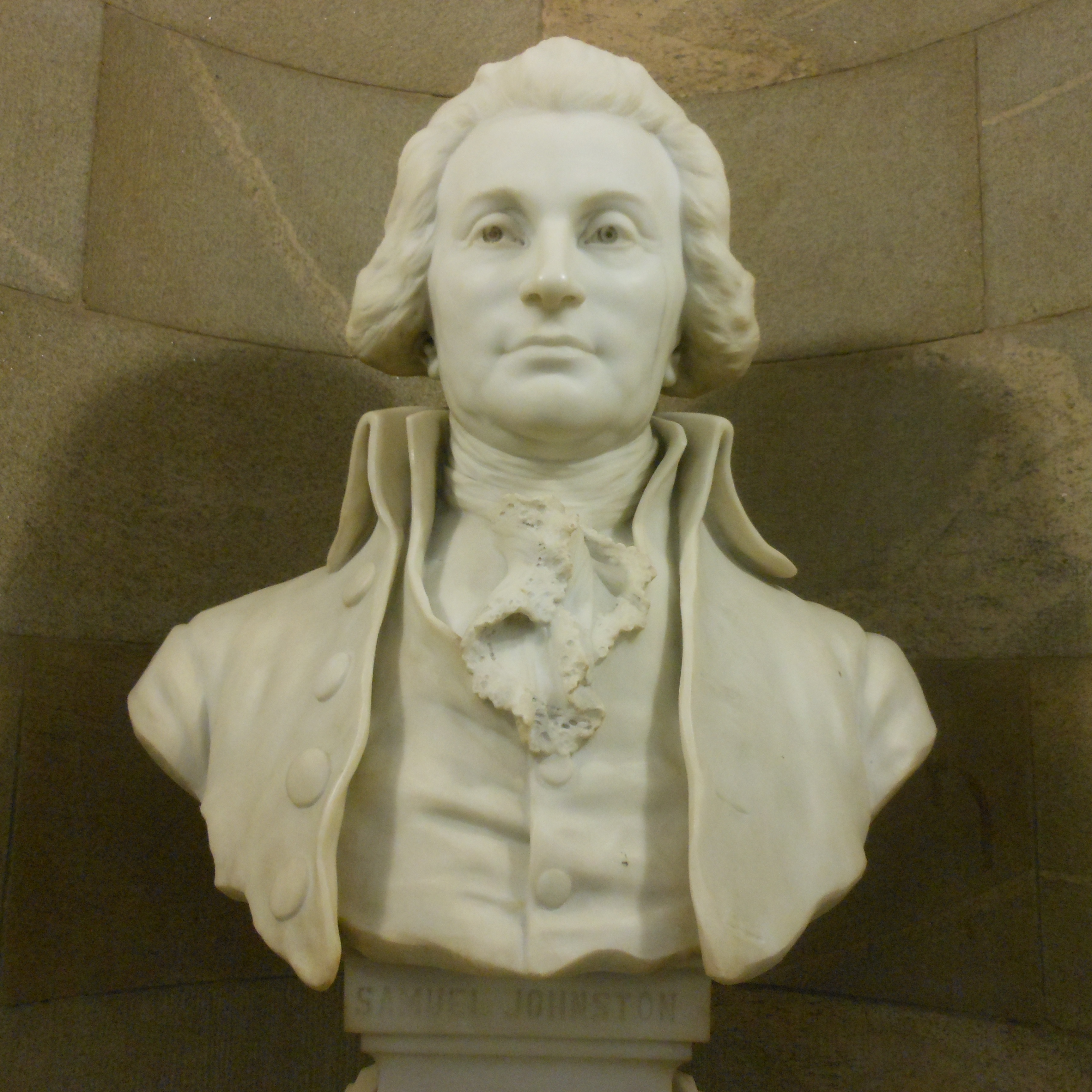 The Fayetteville Convention was a meeting by 271 delegates from
The Fayetteville Convention was a meeting by 271 delegates from
 The Fayetteville Convention was held at the State House in Fayetteville, which was a large brick building built in 1788 in anticipation of Fayetteville becoming the capital of North Carolina. Although the North Carolina General Assembly met in the building in 1789, 1789 and 1793, it moved permanently to
The Fayetteville Convention was held at the State House in Fayetteville, which was a large brick building built in 1788 in anticipation of Fayetteville becoming the capital of North Carolina. Although the North Carolina General Assembly met in the building in 1789, 1789 and 1793, it moved permanently to
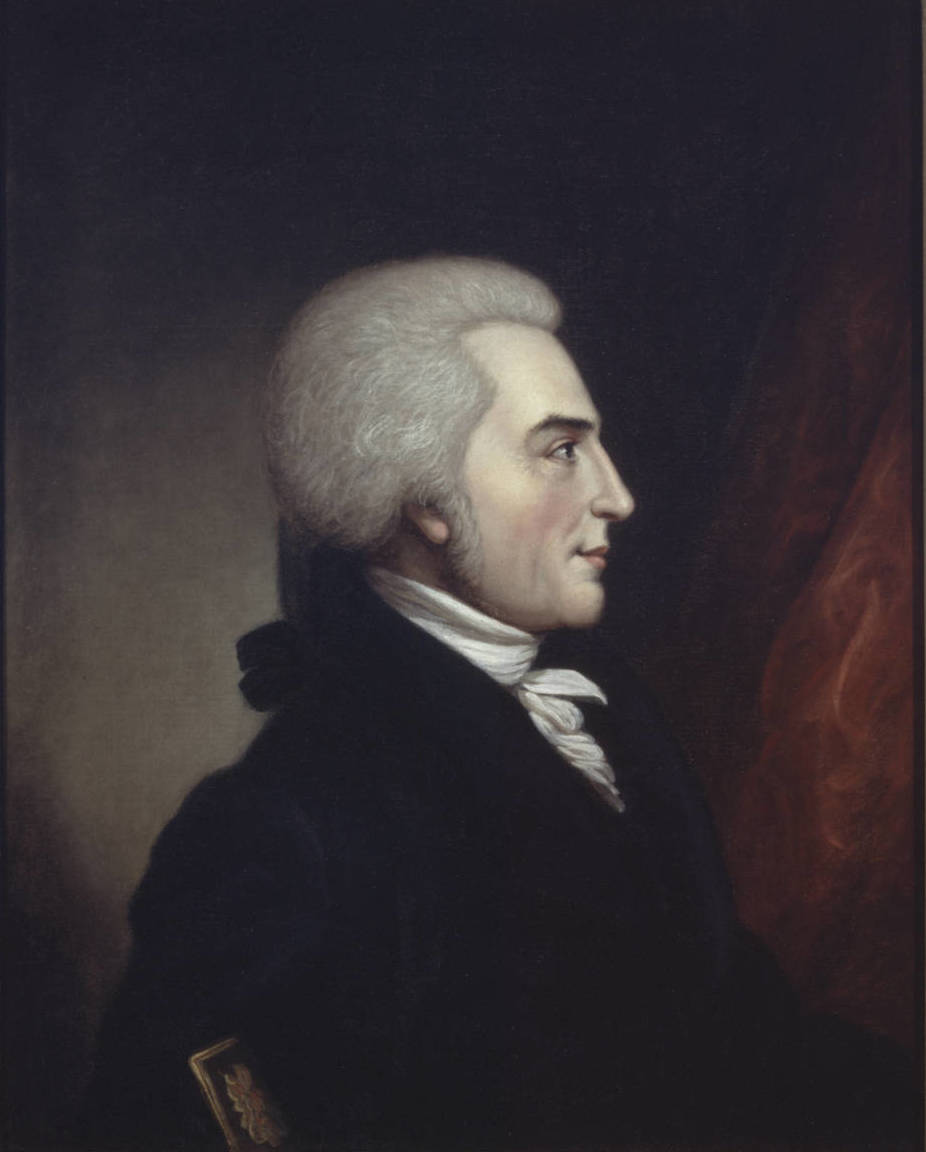
 The prior
The prior




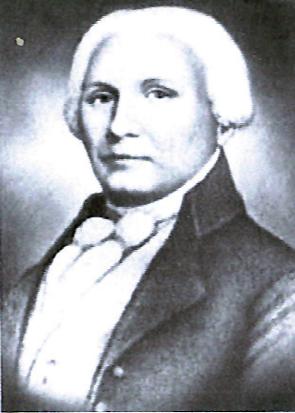

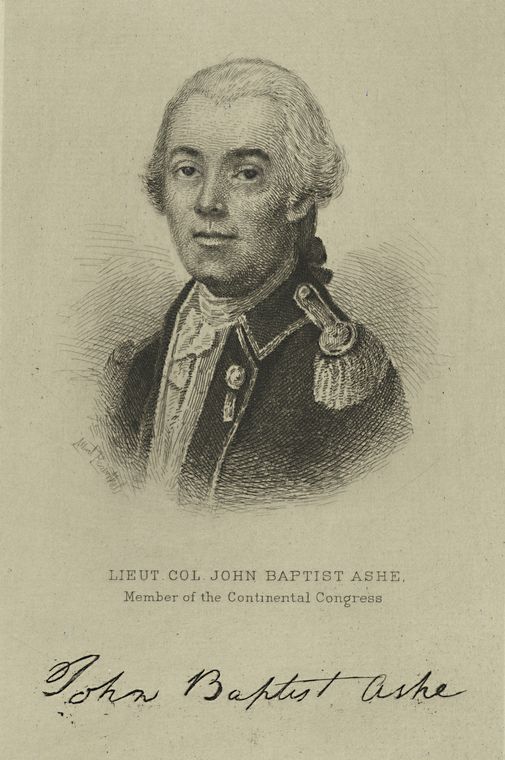
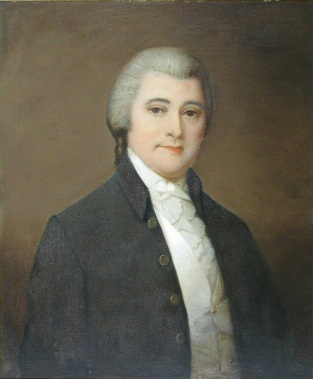
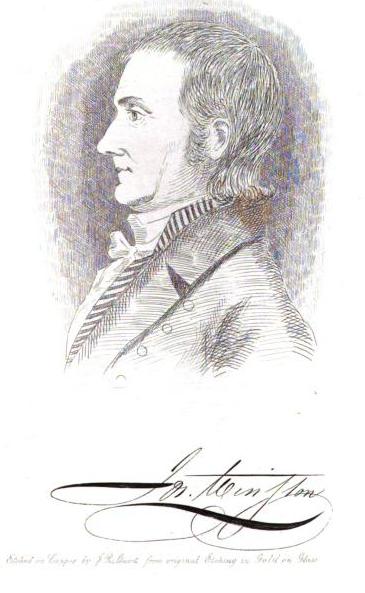

 There were 271 delegates from 61 counties and six cities/districts of North Carolina. Some counties later became part of the state of Tennessee in 1796. Governor Samuel Johnston from Perquimans County presiding over the convention. Charles Johnson from Chowan County was the vice-president of the Convention. John Hunt and James Taylor were appointed as secretary and assistant secretary, respectively, of the convention. Peter Gooding, James Mulloy, William Murphy, and Nicholas Murphey were appointed as doorkeepers of the convention.:
There were 271 delegates from 61 counties and six cities/districts of North Carolina. Some counties later became part of the state of Tennessee in 1796. Governor Samuel Johnston from Perquimans County presiding over the convention. Charles Johnson from Chowan County was the vice-president of the Convention. John Hunt and James Taylor were appointed as secretary and assistant secretary, respectively, of the convention. Peter Gooding, James Mulloy, William Murphy, and Nicholas Murphey were appointed as doorkeepers of the convention.:
North Carolina
North Carolina () is a state in the Southeastern region of the United States. The state is the 28th largest and 9th-most populous of the United States. It is bordered by Virginia to the north, the Atlantic Ocean to the east, Georgia and ...
to ratify the US Constitution. Governor Samuel Johnston
Samuel Johnston (December 15, 1733 – August 17, 1816) was an American planter, lawyer, and statesman from Chowan County, North Carolina, Chowan County, North Carolina. He represented North Carolina in both the Continental Congress and the Un ...
presided over the convention, which met in Fayetteville, North Carolina, from November 16 to 23, 1789 to debate on and decide on the ratification of the Constitution, which had recommended to the states by the Philadelphia Convention during the summer of 1787. The delegates ratified
Ratification is a principal's approval of an act of its agent that lacked the authority to bind the principal legally. Ratification defines the international act in which a state indicates its consent to be bound to a treaty if the parties inten ...
the Constitution by a vote of 194 to 77, thus making North Carolina the 12th state to ratify the constitution.
Location
 The Fayetteville Convention was held at the State House in Fayetteville, which was a large brick building built in 1788 in anticipation of Fayetteville becoming the capital of North Carolina. Although the North Carolina General Assembly met in the building in 1789, 1789 and 1793, it moved permanently to
The Fayetteville Convention was held at the State House in Fayetteville, which was a large brick building built in 1788 in anticipation of Fayetteville becoming the capital of North Carolina. Although the North Carolina General Assembly met in the building in 1789, 1789 and 1793, it moved permanently to Raleigh, North Carolina
Raleigh (; ) is the capital city of the state of North Carolina and the seat of Wake County in the United States. It is the second-most populous city in North Carolina, after Charlotte. Raleigh is the tenth-most populous city in the Southe ...
in 1794. The State House, along with most of Fayetteville, was destroyed by a large fire in 1831. The Market House
A market house is a covered space historically used as a marketplace to exchange goods and services such as provisions or livestock, sometimes combined with spaces for public or civic functions on the upper floors and often with a jail or lockup ...
was built on the site in 1832.
Proceedings

 The prior
The prior Hillsborough Convention
The Hillsborough Convention, was the first of two North Carolina conventions to ratify the United States Constitution. Delegates represented 7 boroughs and 59 counties, including six western counties that became part of Tennessee when it was creat ...
had decided neither to ratify or to reject the Constitution. The Federalists waged a successful campaign in the 1789 elections, which resulted in Anti-Federalists
Anti-Federalism was a late-18th century political movement that opposed the creation of a stronger U.S. federal government and which later opposed the ratification of the 1787 Constitution. The previous constitution, called the Articles of Con ...
receiving less than one third of the 272 seats at the Fayetteville Convention. One factor leading to the Federalist majority was the election of George Washington
George Washington (February 22, 1732, 1799) was an American military officer, statesman, and Founding Father who served as the first president of the United States from 1789 to 1797. Appointed by the Continental Congress as commander of ...
as President and the resulting stable government, which dispelled Anti-Federalists' fears about unbridled federal power. Influential Federalists controlled most of the North Carolina newspapers and used them to vigorously support ratification of the Constitution to the demise of Anti-Federalists. The introduction of the Bill of Rights also helped to neutralize the Ant-Federalists' objections. Thus, when the Hillsborough Convention opened on November 16, the outcome for ratification of the Constitution had been almost assured.
As a final compromise, the delegates agreed to present to Congress eight amendments not covered by the proposed Bill of Rights. They included issues such as limits on congressional taxing power and on the enlistment terms for soldiers. On November 20, William Richardson Davie
William Richardson Davie (June 20, 1756 – November 29, 1820) was a Founding Father of the United States, military officer during the Revolutionary War, and 10th Governor of North Carolina, from 1798–1799. A member of the Federalist Part ...
brought the ratification question to the Convention, which it approved with a vote of 195 to 77. As a result, North Carolina became the twelfth state to approve the U.S. Constitution. After the vote, John Huske of Wilmington led a walkout of 68 Anti-Federalists from the chambers. The convention was adjourned on November 23.Note: final vote quoted from minutes vice NCPedia article. The list of members below shows 78 Nays. Attempts have been made to reconcile the difference.
The following amendments proposed by James Galloway were unanimously approved by the convention on November 23:
# "That Congress shall not alter, modify, or interfere in the times, places and manner of holding elections for Senators and Representatives, or either of them, except when the Legislature of any State shall neglect, refuse, or be disabled by invasion or rebellion to prescribe the same, or in case when the provision made by the State is so imperfect as that no consequent election is had."
# "That Congress shall not, directly or indirectly, either by themselves or through the Judiciary, interfere with any one of the States in the redemption of paper money already emitted and now in circulation, or in liquidating and discharging the public securities of any one of the States; but each and every State shall have the exclusive right of making such laws and regulations for the above purposes, as they shall think proper."
# "That the members of the Senate and House of Representatives shall be ineligible to and incapable of holding any civil office under the authority of the United States during the time for which they shall respectively be elected."
# "That the journals of the proceedings of the Senate and House of Representatives shall be published at least once in every year, except such parts thereof relating to treaties, alliances, or military operations, as in their judgment require secrecy."
# "That a regular statement and account of the receipts and expenditures of all public monies shall be published at least once in every year."
# "That no navigation law, or law regulating commerce, shall be passed, without the consent of two-thirds of the members present in both Houses."
# "That no soldier shall be enlisted for any longer term than four years, except in time of war, and then for no longer term than the continuance of the war."
# "That some tribunal, other than the Senate, be provided for trying impeachments of Senators."
Delegates










 There were 271 delegates from 61 counties and six cities/districts of North Carolina. Some counties later became part of the state of Tennessee in 1796. Governor Samuel Johnston from Perquimans County presiding over the convention. Charles Johnson from Chowan County was the vice-president of the Convention. John Hunt and James Taylor were appointed as secretary and assistant secretary, respectively, of the convention. Peter Gooding, James Mulloy, William Murphy, and Nicholas Murphey were appointed as doorkeepers of the convention.:
There were 271 delegates from 61 counties and six cities/districts of North Carolina. Some counties later became part of the state of Tennessee in 1796. Governor Samuel Johnston from Perquimans County presiding over the convention. Charles Johnson from Chowan County was the vice-president of the Convention. John Hunt and James Taylor were appointed as secretary and assistant secretary, respectively, of the convention. Peter Gooding, James Mulloy, William Murphy, and Nicholas Murphey were appointed as doorkeepers of the convention.:
See also
*Hillsborough Convention
The Hillsborough Convention, was the first of two North Carolina conventions to ratify the United States Constitution. Delegates represented 7 boroughs and 59 counties, including six western counties that became part of Tennessee when it was creat ...
* History of the United States Constitution
* Market House (Fayetteville, North Carolina)
The Market House is a Market house and town hall in the center of Fayetteville, North Carolina, Fayetteville, Cumberland County, North Carolina. It was built in 1838 on the site of the old state house and Town Hall which burned down in 1831. Faye ...
* ''Scene at the Signing of the Constitution of the United States
''Scene at the Signing of the Constitution of the United States'' is a 1940 oil-on-canvas painting by Howard Chandler Christy, depicting the Constitutional Convention signing the U.S. Constitution at Independence Hall in Philadelphia on Sep ...
'', 1940 painting by Howard Chandler Christy
Howard Chandler Christy (January 10, 1872 – March 3, 1952) was an American artist and illustrator. Famous for the "Christy Girl" – a colorful and illustrious successor to the "Gibson Girl" – Christy is also widely known for his ico ...
, shows Richard Dobbs Spaight, William Blount, and Hugh Williamson of North Carolina at center stage
* Timeline of drafting and ratification of the United States Constitution
The drafting of the Constitution of the United States began on May 25, 1787, when the Constitutional Convention met for the first time with a quorum at the Pennsylvania State House (now Independence Hall) in Philadelphia, Pennsylvania to revise t ...
References
{{North Carolina State Legislatures 1780 in the United States 1789 in North Carolina History of North Carolina Ratification of the United States Constitution 1789 in American politics Fayetteville, North Carolina